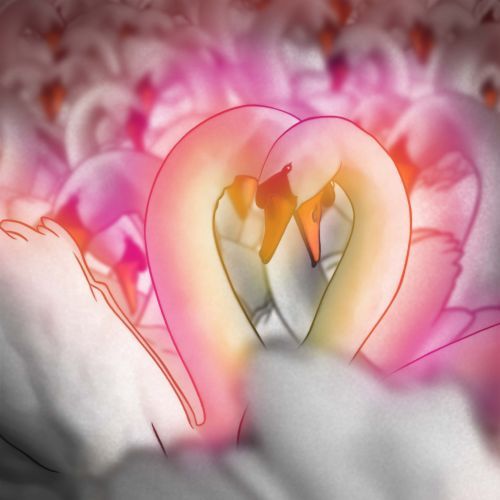Traditions of the Ainu, Shoshone and the Amazon indigenous peoples
The indigenous Ainu people are fighting in court to reclaim the right to free salmon fishing in the Tokachi River on the island of Hokkaido, which was lost more than a century ago. Salmon is an essential part of Ainu cuisine, trade and spiritual culture. For centuries, Japanese assimilation policies stripped the Ainu people of their land, forced them to abandon hunting and fishing, and sent them to Japanese schools where they had to give up their language. UNESCO has classified the Ainu language as “critically endangered”.
More than a century after the mass slaughter of buffalo, these animals return to the American Great Plains and restore local customs, such as the initiatory and religious Sun Dance. “We have the buffalo in our DNA,” says Jason Baldes of the Shoshone tribe, who manages the Shoshone herd on the Wind River Reservation in Wyoming. North American indigenous tribes have been rebuilding buffalo populations for decades, partly with the help of government agencies and non-profit organisations. Animals also provide environmental benefits as part of complex grassland ecosystems.
Thousands of indigenous people in the Amazon migrate to the cities for better education or social benefits. Some of them join the ranks of the urban poor, suffer from hunger and compete with each other for poorly paid manual jobs. At the same time, villages are deserted, local indigenous languages and traditions are disappearing, and the world’s largest tropical forest is bereft of its best guardians. Indigenous migration is partly driven by the federal Bolsa Familia program created during President Lula’s first term.























